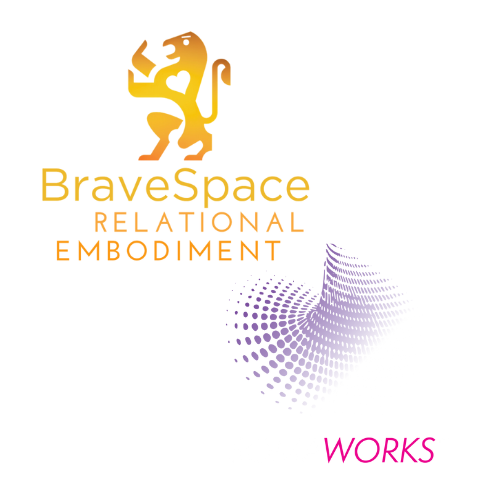The sacred invitation of “Go F— Yourself”
Finding wholeness in the tension of opposites.
I marvel at the tension between the sacred and the profane.
While not universal, people will typically only tell us to go f— ourselves if we penetrate their space or energy in a way that has not been invited. You can surely imagine a scenario where you might offer this bit of profanity to someone. Don’t be shy with yourself here… what’s the situation where they would really deserve it?
Having imagined the context for profanity, let’s consider that this phrase can also be a truly sacred invitation: To fuse with oneself in divine union; to make love internally. To do so I recognize a polarity or tension of opposites within. For example, I write here using my thoughts—sharing ideas—and yet this part of me that writes struggles to comprehend or express anything below the surface of my mind. The emotional and spiritual depth of being is—at least in my experience—not mindful. The mind observes, but actual depth is in my body, my energy, and in my emotions—energies in motion.
Emotional power is something profanity excels in, as the power of profanity actually relies on the sacred. In profanity we make fun of the sacred in order to catch a glimpse of the divine. I’m consciously directing it here to evoke and point to a heightened state of being. I know in my body the experience of making sweet love with myself internally, but to communicate this possibility to you we need common ground. You may or may not have had this experience, but chances are you have some level of emotional response to the suggestion that you “go F— yourself.” So here’s the tension in action: The profanity makes the sacred more available, catching your attention.
Imagery is a very powerful somatic structure capable of organizing energy and holding its tension. I’ve written here about the masculine and feminine polarities within: I’m drawn to a neo-tantric definition of the masculine as structural consciousness, and of the feminine as an embodied experience held by that structure. Sure, it’s simplistic. We could call this division the Alpha and Omega, Bindles and Stenets, or P’s and Q’s. The point is that there exists a tension of opposites inside us all, and by engaging playfully with this tension joyful wholeness is a natural result. Imagery for me is masculine. I can hold inner images of the direction my arm is reaching, the possibilities for my hip, or where others are in the space around me. I can make moment-to-moment choices about what I’m doing with my body by inhabiting these images. Inside of this structural container I can feel my body moving, releasing into the sensory experience. This is the essence of all somatic practice—movement and awareness in relationship. It is also a basis for inner lovemaking.
Sometimes I work with imagery very literally with my sexual energy. In meditation I can be both masculine and feminine; both man and woman, in the same body. I can do this with my breath, my spine, my sounding, and my dance. It amazes me that we don’t talk about these possibilities more, and that despite knowing the power of this work I am still so often ashamed of my sexual energy. I shared some of this work in a tantric men’s group and was ridiculed by my peers there for expressing the power of making love with myself in my movement and energy. It’s not for everyone. And yet, when I’m anxious, angry, sad, lonely, or otherwise ‘triggered’, coming back to this inner meeting of polarities has helped me be more loving, capable, generous, and whole. I am also more cocky, penetrative, and daring at times when it seems called, more comfortable with my own masculinity having received it within myself.

0 comments